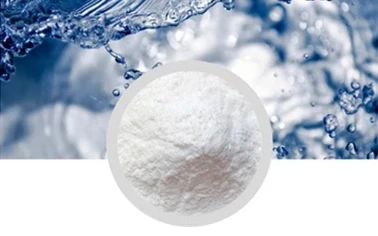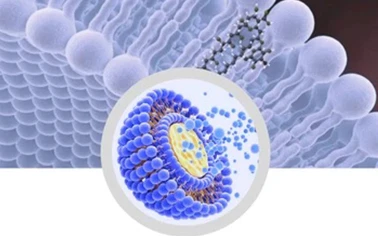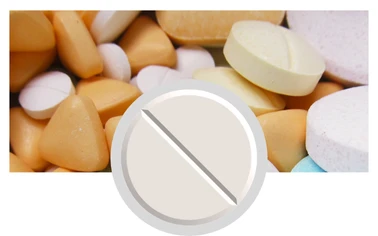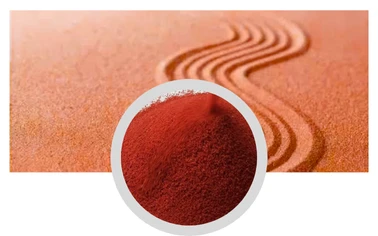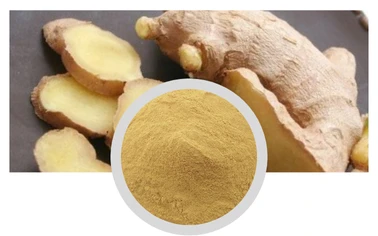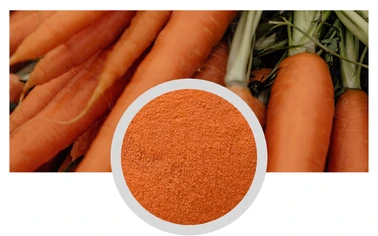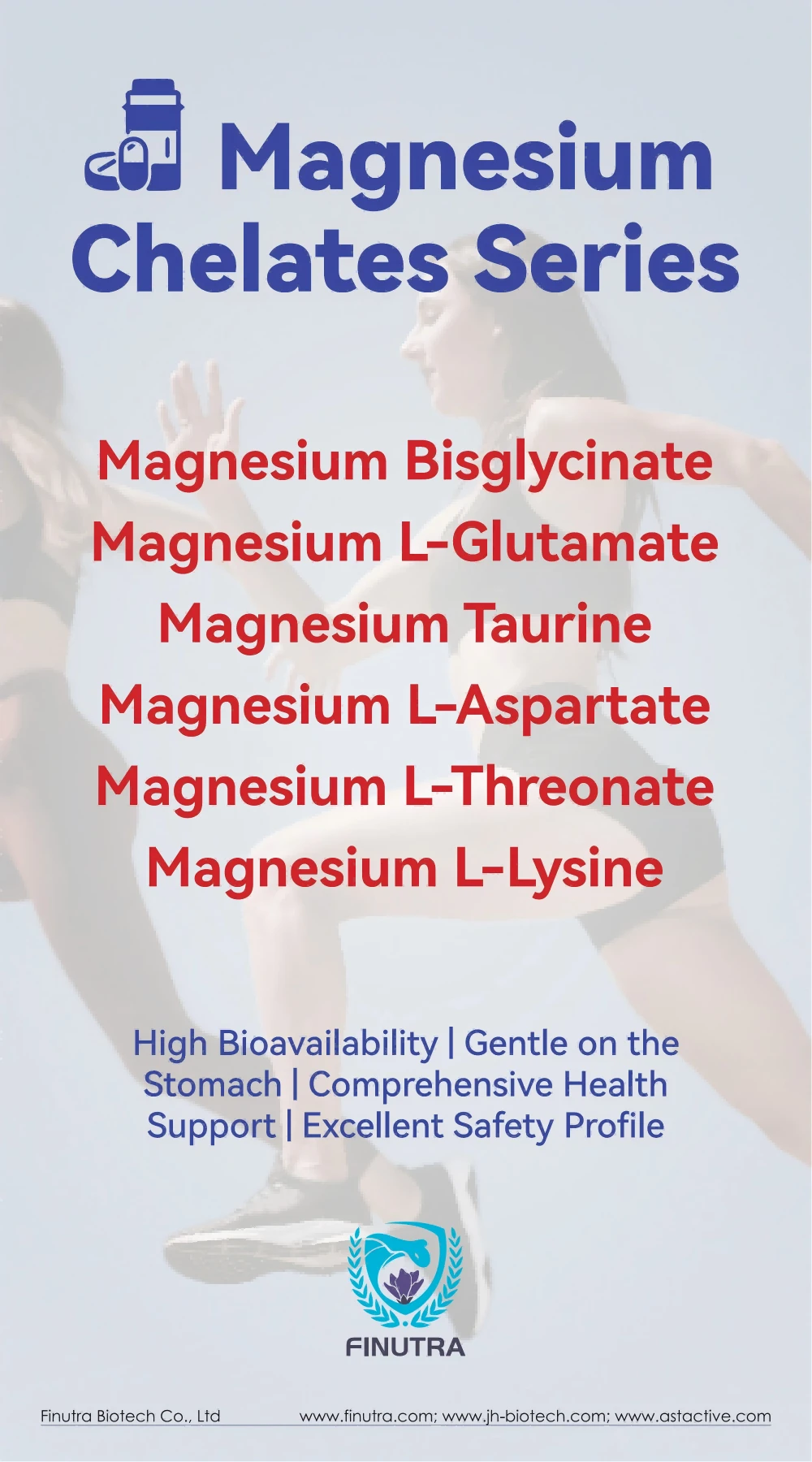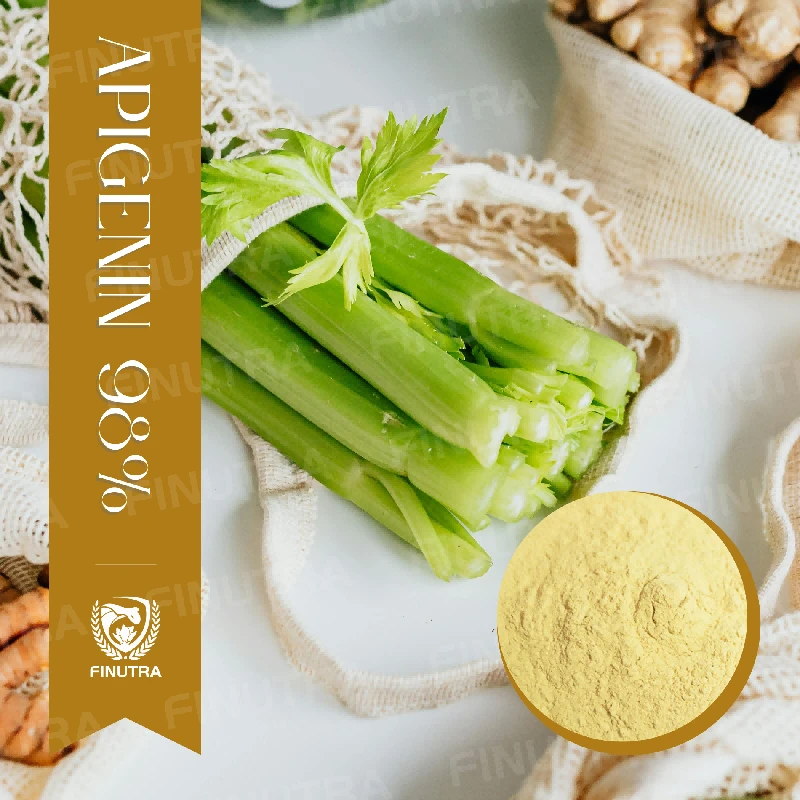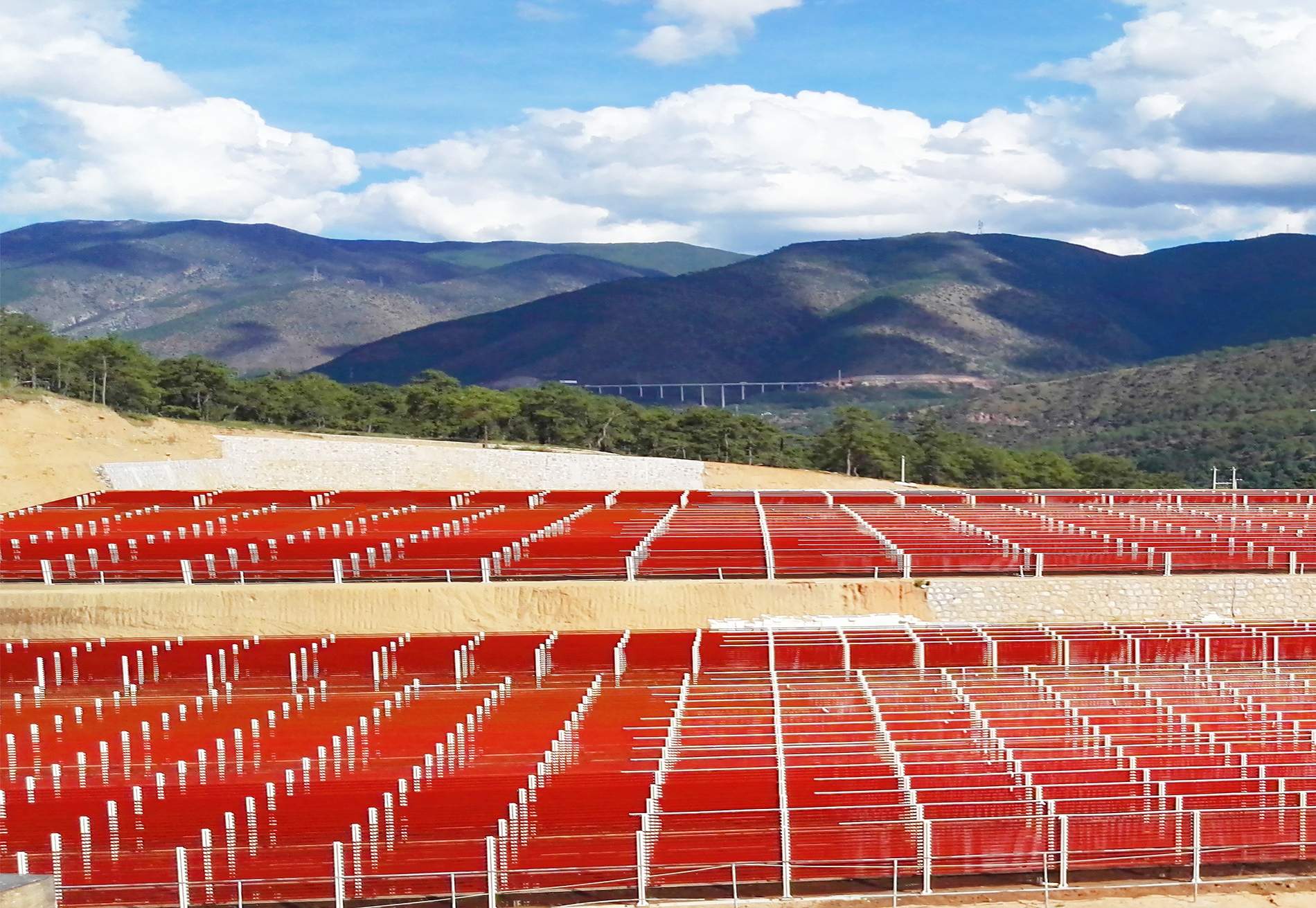Types of microencapsulation are vital in diverse industries, from pharmaceuticals to food and cosmetics. The main types of microencapsulation include physical, chemical, and physico-chemical methods. Physical techniques like spray drying and extrusion involve mechanical processes, while chemical methods include in situ polymerization. Choosing between the types of microencapsulation depends on the desired application, particle size, and the materials being encapsulated. Understanding these types of microencapsulation allows manufacturers to achieve better product performance and shelf stability.

Spray Drying in Microencapsulation
Spray drying in microencapsulation is one of the most common and cost-effective techniques used today. This method involves converting a liquid mixture into fine particles by spraying it into a chamber of hot air. The efficiency of spray drying in microencapsulation lies in its ability to produce uniform and stable microparticles. Industries like food and pharmaceuticals widely utilize spray drying in microencapsulation to preserve sensitive ingredients such as vitamins, probiotics, and flavors.
Centrifugal Extrusion Microencapsulation
Centrifugal extrusion microencapsulation is a specialized technique that involves creating capsules by using centrifugal force. In centrifugal extrusion microencapsulation, a liquid core and a shell material are combined to form capsules through a spinning nozzle. This method is particularly useful for producing large volumes of uniform capsules. Centrifugal extrusion microencapsulation is widely applied in sectors like agriculture, where controlled release of fertilizers or pesticides is essential.
Extrusion Microencapsulation
Extrusion microencapsulation is another widely used technique that involves forcing a mixture through a die to form capsules. In extrusion microencapsulation, the process is controlled to ensure consistent size and shape of the particles. This technique is highly versatile, making it ideal for applications in food processing, pharmaceuticals, and even textiles. The durability and precision of extrusion microencapsulation make it a preferred choice for encapsulating volatile or sensitive materials.
In Situ Polymerization Microencapsulation
In situ polymerization microencapsulation is a chemical process where the shell material is formed directly around the core material through polymerization reactions. This method is highly effective for creating robust and impermeable capsules. In situ polymerization microencapsulation is extensively used in the coatings and adhesives industries, where precise encapsulation is crucial. The ability of in situ polymerization microencapsulation to encapsulate both liquid and solid cores adds to its versatility in industrial applications.
Whether it’s spray drying in microencapsulation for preserving flavors, or in situ polymerization microencapsulation for advanced coatings, each technique has its unique advantages. Understanding the various types of microencapsulation helps industries choose the most suitable method for their needs. Techniques like centrifugal extrusion microencapsulation and extrusion microencapsulation continue to drive innovation, making microencapsulation an essential technology across multiple fields.
Post time:Mar - 07 - 2025



